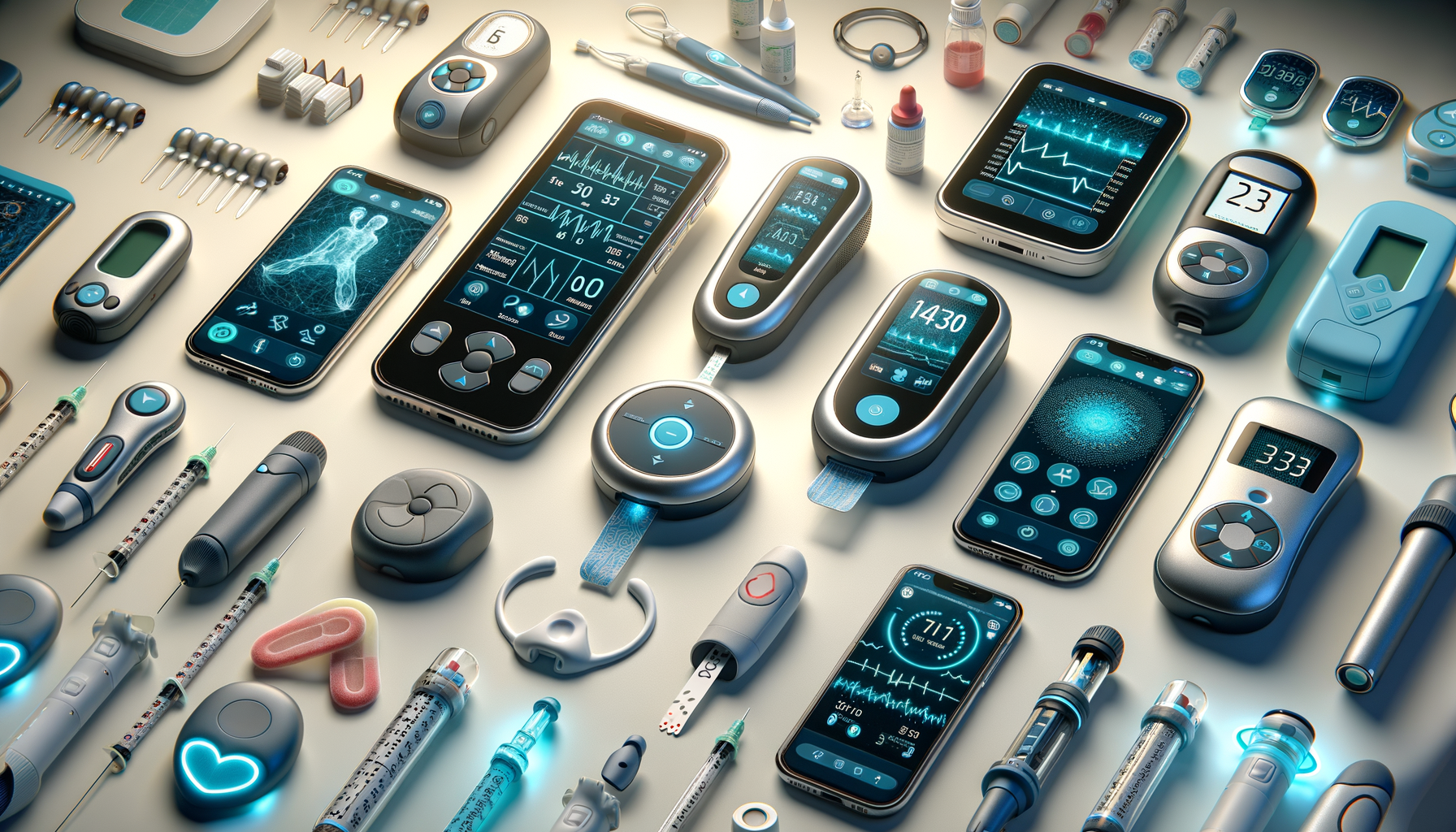Introduction to Glucose Monitoring
In the realm of health management, particularly for individuals with diabetes, glucose monitoring plays a crucial role. It involves regularly checking blood sugar levels to manage and prevent complications. Advances in technology have transformed this once cumbersome task into a more manageable routine. This article delves into the different aspects of glucose monitoring devices, programs, and systems, providing insights into how they function and their benefits.
Understanding Glucose Monitoring Devices
Glucose monitoring devices have evolved significantly over the years. These devices range from traditional glucometers, which require a small blood sample, to continuous glucose monitors (CGMs) that provide real-time data. Traditional glucometers are portable and easy to use, making them a staple for many. However, CGMs offer a more comprehensive view by continuously tracking glucose levels, alerting users to spikes or drops. The choice between these devices often depends on individual needs, lifestyle, and budget.
Some key features to consider when selecting a device include:
- Ease of use
- Data accuracy
- Integration with other health management tools
- Cost of supplies
By understanding these aspects, users can make informed decisions that best suit their health care needs.
The Role of Glucose Monitoring Programs
Glucose monitoring programs are designed to assist individuals in managing their blood sugar levels effectively. These programs often include educational resources, personalized feedback, and support from healthcare professionals. They can be part of a broader diabetes management plan, encouraging regular monitoring and providing insights into lifestyle changes that may improve health outcomes.
Programs can vary in their approach, offering features such as:
- Regular check-ins with healthcare providers
- Access to diet and exercise plans
- Digital tracking through apps and online platforms
By participating in these programs, individuals can gain a better understanding of their condition and learn strategies to maintain optimal glucose levels.
Exploring Glucose Monitoring Systems
Glucose monitoring systems integrate devices and programs to provide a holistic approach to managing blood sugar levels. These systems often include a CGM device, a smartphone app, and a cloud-based platform for data storage and analysis. The integration allows for real-time monitoring and sharing of data with healthcare providers, facilitating timely interventions when necessary.
Key benefits of these systems include:
- Comprehensive data management
- Enhanced communication with healthcare teams
- Improved patient engagement and adherence to treatment plans
By leveraging these systems, individuals can take a proactive role in managing their health, leading to better long-term outcomes.
Conclusion: Making Informed Choices
As the landscape of glucose monitoring continues to evolve, individuals have more options than ever before. Whether choosing a simple glucometer, enrolling in a monitoring program, or adopting an integrated system, each option offers unique benefits tailored to different needs. By staying informed and considering personal health goals, individuals can select the tools that will best support their journey toward better health management.




Leave a Reply